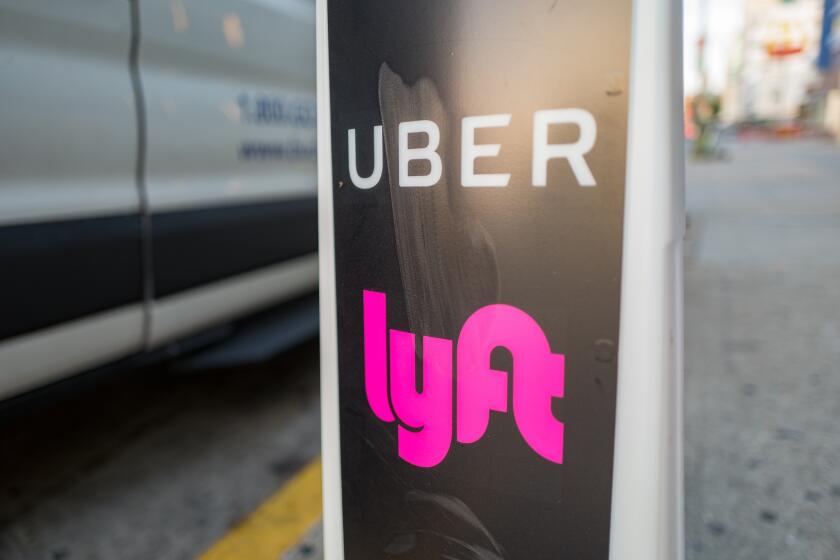Bristol joins forces with AstraZeneca
- Share via
The announcement by Bristol-Myers Squibb Co. and AstraZeneca on Thursday that they will share the risks and rewards of developing two diabetes drugs highlights how expensive and precarious the route to product approval can be.
By joining forces, the companies lower the financial risks of drug development at a time when numerous high-profile products haven’t proved effective in late-stage clinical trials.
Under the deal, AstraZeneca will pay as much as $1.25 billion to become a marketing and development partner in two drugs being developed by Bristol-Myers, including a promising treatment, saxagliptin.
Analysts said the move would bolster AstraZeneca’s pipeline, which has been reduced by some notable failures, as it injects Bristol-Myers with cash needed for research and a shareholder dividend. The money also will provide marketing support for drugs that will enter a competitive field.
Bristol-Myers’ chief financial officer, Andrew Bonfield, predicted that there would be more deals among drug companies as development costs surged and regulatory hurdles grew.
“I think what we’re going to see in the pharmaceutical industry is some more risk-sharing across companies as we’re looking at [late-stage] compounds where you’re making significant investments,” Bonfield said. “From a risk mitigation perspective, this helps both companies and gives us more shots on goal.”
Tony Zook, AstraZeneca’s executive vice president for North America, doesn’t think deals among big drug companies will become common because of competitive issues.
Yet, he says that as the landscape becomes more challenging, deals among pharmaceutical behemoths will become “part of the mix” considered by executives when exploring ways to improve their performance.
AstraZeneca pulled the plug on three high-profile drugs last year, including treatments for stroke and diabetes. Bristol-Myers halted development of a diabetes medicine, while Pfizer Inc. scrapped the star of its pipeline after the cholesterol treatment was found to have dangerous side effects.
Under the deal, London-based AstraZeneca will shoulder most of the development costs for saxagliptin and dapagliflozin through 2009, with additional expenses being shared equally. Dapagliflozin is in an earlier stage of development, so its introduction is further out.
The companies plan to file a marketing application with the Food and Drug Administration for saxagliptin in the first half of 2008.
Saxagliptin, currently in late-stage clinical trials, belongs to a class of drugs known as DPP-4 inhibitors. Merck & Co. introduced the first drug in the class, Januiva, last year. Galvus, another drug in the class which is made by Novartis, was expected to be approved last year, but U.S. regulators asked for more data, including information about studies linking the drug to skin lesions in monkeys.
Bonfield said that at high doses, saxagliptin did seem to cause skin lesions in monkeys but that the FDA didn’t require any changes to the drug’s development program.
Galvus’ delay at the FDA suggests that saxagliptin may not sail through the approval process, so AstraZeneca is taking a risk on the deal -- but it desperately needs new drugs, said Jon LeCroy, an analyst at Natexis Bleichroeder Inc.
LeCroy said that in the short term, the deal was a win for Bristol-Myers because it would reduce the drug maker’s risk on the products and would give the company a cash infusion that it could use for research and to pay its regular dividend, which is expected to cost the company more than it earned in 2006.
New York-based Bristol-Myers shares rose 34 cents to $26.54, while AstraZeneca’s U.S.-traded stock added 83 cents to $55.08.
More to Read
Inside the business of entertainment
The Wide Shot brings you news, analysis and insights on everything from streaming wars to production — and what it all means for the future.
You may occasionally receive promotional content from the Los Angeles Times.










